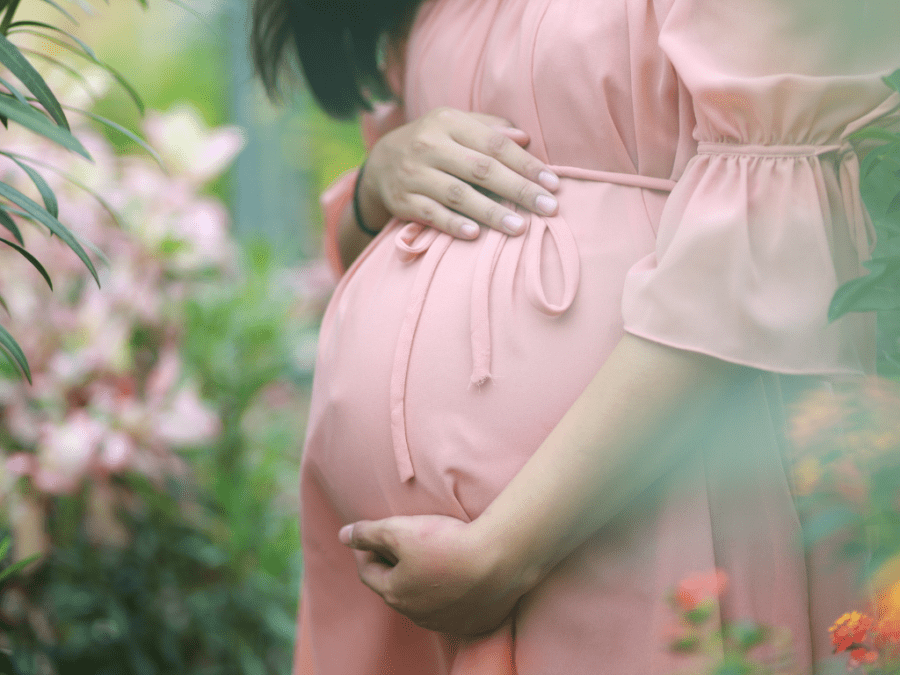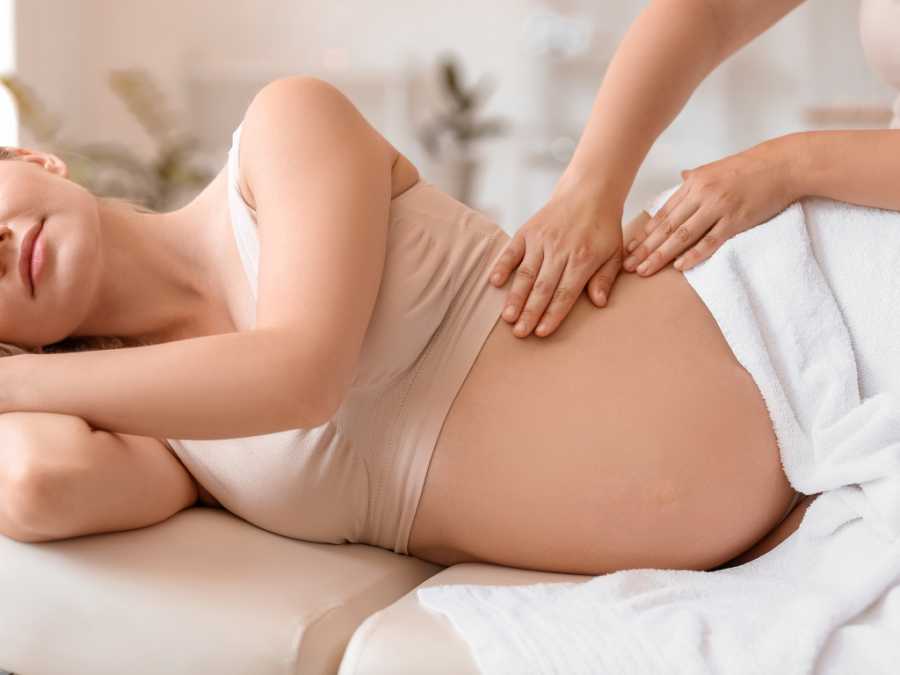Dr Cindy Pang, obstetrician & gynaecologist at Mount Elizabeth Novena Hospital, answers some common questions and concerns on preparing for labor and delivery.
What marks the beginning of labour?
Labour can take various forms:
- It usually starts with small contractions that build up gradually and become more regular in its cycles with time
- You may experience an increase in vaginal discharge that looks like brownish or blood-stained mucus discharge, which is also known as passing of bloody show or passage of mucus plug
- The rupture of the water bag may occur, resulting in a wet sensation trickling down your legs. If you suspect that your water bag has ruptured, it can be confirmed by examination in the labour ward. Sometimes, it may be a false alarm due to loss of control of your bladder.
As labour can take place any time, you should pack your hospital bag (and your husband’s) early and have them ready so that it is easier to facilitate your trip to the hospital.
In certain cases, labour may be induced rather than started naturally. An example could be when the baby is not gaining any more weight in utero and your obstetrician has ascertained that it would be better for the baby to come out for closer monitoring by your paediatrician. To induce labour, your obstetrician would usually insert the prostaglandin tablet into your vagina to begin contractions.
How to prepare for childbirth

There are 3 stages of labour.
The first stage is the beginning of regular painful contractions to the full dilatation of the cervix, which is 10cm. Your midwife will perform regular vaginal examinations to assess your cervical dilatation and chart the progress of labour. The contractions will usually intensify as labour progresses, with an average frequency of a contraction occurring every 2 – 3 minutes. You may wish to request for pain relief especially if you have not elected for an epidural analgesia. (See section 2 for more on pain relief options.)
The second stage of labour can last from a few minutes to 2 hours. Your midwife will inform you when full dilatation of the cervix occurs. The active phase of pushing the baby out begins. You will be asked to bear down (push) with each contraction and it is important to listen to the instructions of your midwife to conserve as much energy as you can for each push.
When you go into labour, you will likely be asked to take only small meals, so conservation of energy is crucial! Also, how you breathe during labour matters, as this affects your strength and ability to push the baby out. Deep breathing into your diaphragm is encouraged rather than shallow breathing, and this is why antenatal classes are important as they teach you breathing techniques and how to better prepare for labour.
The third stage of labour involves the painless delivery of the placenta within minutes, following the delivery of the baby.
For most first pregnancies, the duration of labour is typically 6 – 12 hours long. The labour durations of subsequent pregnancies can range from 2 – 8 hours. There will be variations in labour duration, from a few short hours to long labours, due to factors such as size and position of baby, inadequate contractions or smaller pelvis sizes. The bottom line is: every woman is different, and how your labour journey progresses will be unique to you.
Pain relief during labour

To cope with labour pains, you can consider non-medical or medical pain-relieving options.
Some non-medical methods:
- Learn how to relax so you don’t remain tense, which makes the pain worse
- Practise breathing exercises that can help to alleviate the pain
- Have your partner massage you or support sore areas, especially with a warm pack
- Move around or change positions (eg. walking, sitting on a couch, leaning onto a solid object)
- Use aromatherapy (eg. breathing in lavender or geranium essential oils to help you relax, or orange oils to lift your spirits and boost your energy)
- Stay hydrated by drinking sips of water, and eat small amounts of food if you are hungry
Some medical pain-relieving methods:
- Pethidine injection in your thigh, usually given in the early phase of labour. This is useful for fast labours and its effects last for 2 – 4 hours
- Entonox gas , also known as ‘laughing gas’, which is a mix of oxygen and nitrous oxide that you inhale through a mouthpiece. It is easy to use and you can control the depth of sedation, but its effects wear off quickly and may cause drowsiness or nausea
- Epidural anaesthesia , which involves an injection of local anaesthetic into your lower back. Before your anaesthetist arrives, you may request for laughing gas. As the muscles in the lower half of your body would be numbed with the epidural, it might make bearing down harder to feel. However, if you are familiar with your pelvic floor muscles (and this is why antenatal exercises such as pilates are useful), it should help you activate or ‘feel’ your muscles even in its numbed state
During delivery, you can request for an oxygen mask to help deepen your breathing and ensure your baby gets an adequate supply of oxygen (thereby reducing the chance of the baby becoming distressed, especially as labour becomes protracted)
At the end of the day, the type of pain relief to take is a personal decision for you to make.
Methods of delivering a baby

The actual birth method varies across different mothers. For some, it would be spontaneous natural delivery through the mother’s own pushing. For others, it could be a forceps delivery, or a vacuum extraction delivery. The latter is also known as assisted delivery, and usually happens when the mother is only able to push the baby out partially and requires the obstetrician’s help to deliver the baby fully.
Learn more about childbirth delivery methods.
When should you opt for a C-section?
What happens if the baby becomes distressed during labour? At this point, an emergency caesarean section would have to take place to take the baby out as quickly as possible. It is also possible for parents to request for an elective caesarean section if they do not wish to have a natural delivery or if the mother’s medical history or condition requires one.
Prior to and during labour, be mentally prepared for your birth plan to change according to circumstances during the actual labour. Remember that each woman’s journey is special and that ultimately, the most important thing is the safe delivery for you and your baby.
Article reviewed by:
Dr Cindy Pang, obstetrician & gynaecologist at Mount Elizabeth Novena Hospital
(Source)



